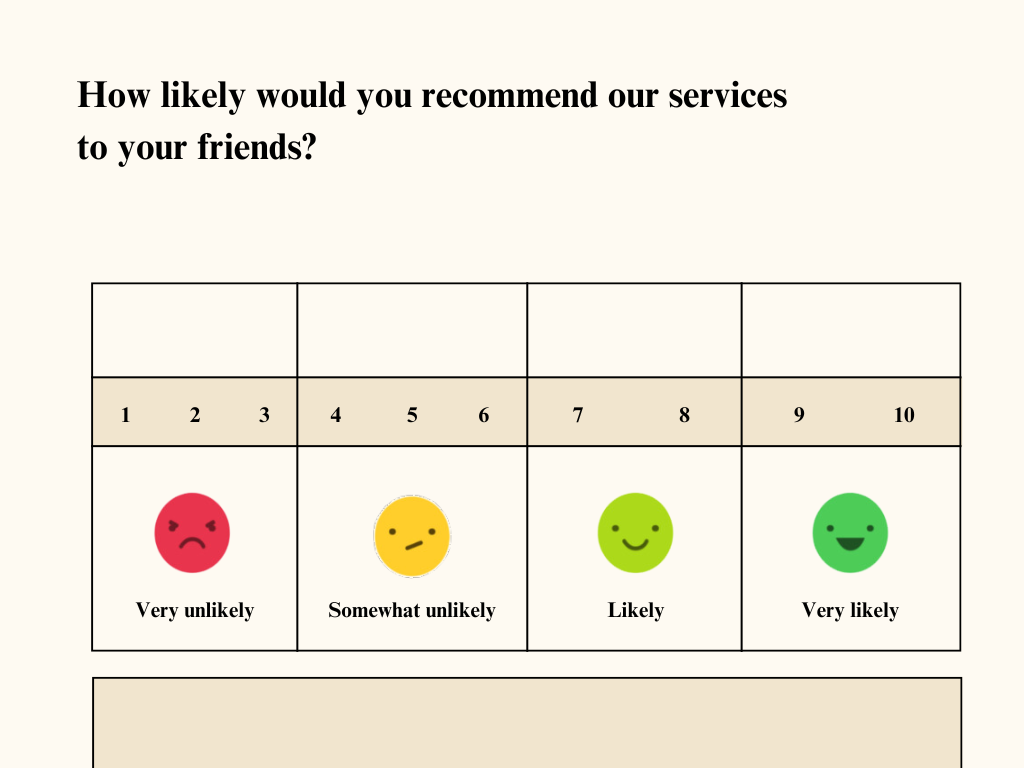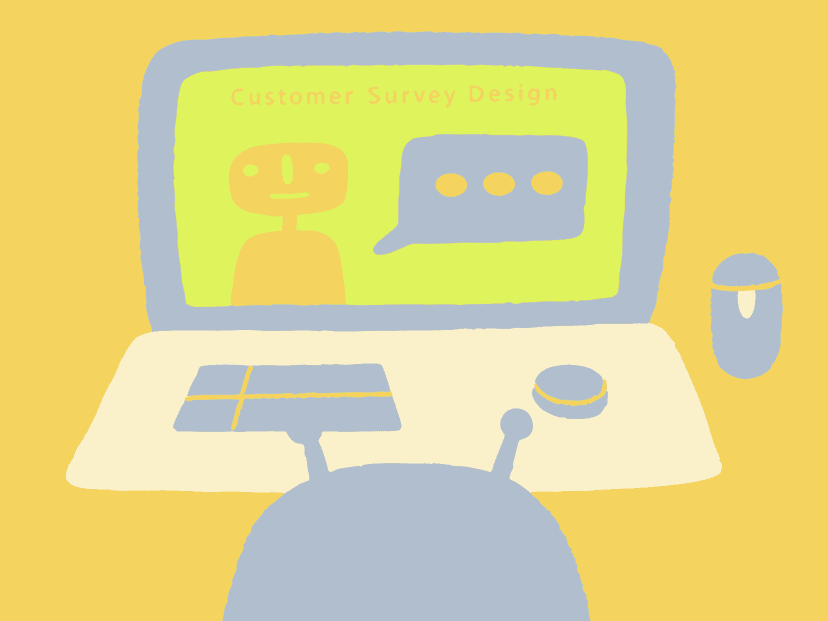Wednesday, February 5, 2025
Customer Survey: A Comprehensive Guide to Understanding Your Customers (2025)

1. What is a Customer Survey?
In today's digital landscape, customer surveys represent far more than simple feedback forms. Think of a Customer Satisfaction (CSAT) survey as your organization's stethoscope — it helps you listen to the heartbeat of customer sentiment, revealing both obvious symptoms and subtle indicators of customer health.
Modern surveys, powered by Predictive analytics, act as an early warning system. When integrated with Customer Relationship Management systems, they create a comprehensive dialogue between businesses and their customers, rather than just collecting responses.

2. Why Customer Surveys Matter
Consider a luxury car manufacturer who believed their customers valued performance above all else. Through comprehensive Voice of Customer survey implementation, they discovered that their affluent clientele actually prioritized customization options and personal service experience over raw performance metrics. This insight fundamentally transformed their product development and marketing strategy.
Without proper surveying, businesses operate in an echo chamber. Much like trying to navigate in fog, they make decisions based on assumptions rather than clarity. The consequences often manifest in subtle ways: gradually declining repeat purchases, quietly diminishing brand advocacy, and slowly eroding market position.
3. Key Metrics For Measuring Customer Survey Effectiveness
Understanding survey effectiveness goes beyond surface-level metrics. Through Diagnostic analytics, we can uncover the true impact of our survey programs. Consider a survey's effectiveness as a multi-layered ecosystem rather than a simple data collection exercise.
Engagement Indicators
Think of survey engagement as a dialogue's vitality. When customers actively participate in your surveys, it's similar to a vibrant conversation where both parties are fully engaged. The depth of this engagement manifests in how thoroughly respondents complete surveys and their willingness to provide detailed feedback. For instance, in Qualitative Research, thoughtful responses to open-ended questions often indicate high engagement levels.
Quality Metrics
Quality in survey responses resembles the difference between a superficial chat and a meaningful conversation. Through Prescriptive Analytics, we can evaluate response patterns that indicate genuine, considered feedback versus hasty, automatic responses. Consider how detailed product feedback differs from quick, emotional reactions.
Industry Benchmarking
Consider industry standards as your survey program's North Star. While every business is unique, comparing your survey performance against industry benchmarks helps identify areas for improvement. This might involve examining how your Net Promoter Score trends compare to industry averages or how your response patterns align with sector norms.
Actionability Assessment
The true measure of a survey's effectiveness lies in its ability to drive meaningful change. Much like a compass pointing north, effective surveys should clearly indicate directions for improvement. For example, when a software company's survey revealed user interface friction points, they could directly map these insights to specific design improvements.
4. Tips For Creating Effective Customer Surveys

Representation Balance
Just as a town hall meeting needs diverse voices, your survey program should capture insights across your entire customer spectrum. Through Omnichannel Analytics, we can identify which customer segments might be underrepresented and adjust our approach accordingly. This might mean discovering that certain customer groups prefer specific communication channels or survey formats.
Strategic Alignment
Effective surveys must align with specific business objectives. Consider a retail chain that wanted to understand declining foot traffic. Rather than launching a general satisfaction survey, they designed targeted questions about shopping preferences and channel choices. This focused approach led to discovering that their mobile experience was deterring in-store visits - an insight that would have been missed in a broader survey.
Survey Design Evolution
The most effective surveys evolve through continuous refinement. Through A/B Test methodologies, successful organizations:
-
Fine-tune question clarity by monitoring where respondents hesitate or abandon surveys
-
Adjust survey timing based on customer interaction patterns
-
Refine language choice to eliminate unintentional bias
-
Optimize survey length through completion rate analysis
Channel Effectiveness
In today's omnichannel world, survey delivery method significantly impacts effectiveness. Through Omnichannel Analytics, organizations can understand which channels yield the most authentic responses. For example, a telecommunications company discovered that in-app surveys provided more candid feedback than email surveys, particularly for service-related issues.
Response Pattern Analysis
Sophisticated analysis looks beyond individual responses to identify patterns and trends. This might reveal:
-
Seasonal variations in customer sentiment
-
Demographic patterns in response behavior
-
Correlation between response timing and satisfaction levels
-
Impact of recent interactions on survey participation
The key to measuring survey effectiveness lies not in any single metric, but in understanding the holistic picture these elements paint together. Successful organizations view survey effectiveness as a continuous journey of refinement and adaptation, rather than a destination to be reached.
Remember: The most effective surveys aren't just measurement tools - they're dynamic conversations with your customers that evolve and improve over time.
5. Essential Customer Survey Templates
5.1 Customer Satisfaction Template
Picture this template as a health check-up for your customer relationships. It should probe both surface-level satisfaction and deeper emotional connections with your brand.
5.2 Net Promoter Score Template
This isn't just about numbers — it's about understanding advocacy potential. The template should explore not just willingness to recommend, but the stories customers would tell about your brand.
5.3 Product Feedback Template
This template should act as a product development compass, incorporating Discrete Choice methodology to understand not just what features customers want, but what trade-offs they're willing to make.
5.4 Post-Purchase Evaluation
Consider this your purchase journey audit tool. Through Prescriptive Analytics, it should reveal not just satisfaction levels but predict future purchasing behavior.
Related articles



